2025 BYD Seal 6 Touring Review: There’s Value, But It’s Not Very Good

Pros
- Lots of tech for the priceBig boot
Cons
- Really poor powertrainUnpredictable handling characteristics
In the year 2025, if you want an affordable, mid-sized estate car powered by a combustion engine, your options are pretty much limited to the Skoda Superb and Volkswagen Passat. The Ford Mondeo is long dead, the Peugeot 508 SW came and went in a flash, and well, why would anyone bother to introduce a new one?
That’s a question to ask BYD, which has decided the world needs another big-booty car to choose from, something we approve of in concept. Meet the BYD Seal 6 Touring.
Does it offer good value for money?
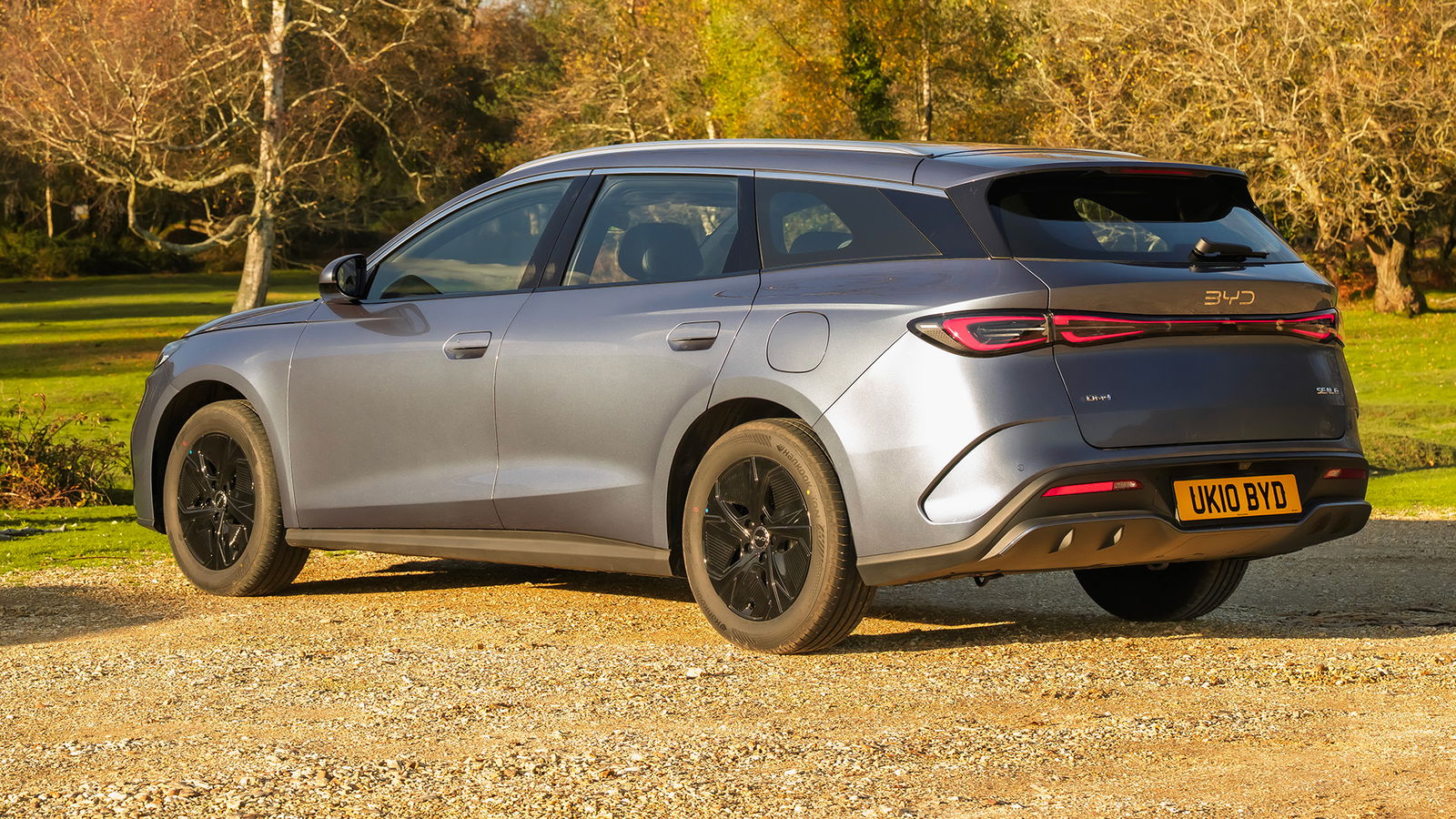
It certainly offers value for money, but there’s A) a reason we’re starting with this and B) a reason for the omission of ‘good’.
Go for an entry-level BYD Touring 6 Boost, and that’ll cost £34,990 – a fair cut compared with the entry of £38,120 for a Superb Estate and more still on the £40,660 Passat. You can have it as a saloon for £1000 cheaper, too.
It’s not barren on tech for the price, either. A 12.8-inch infotainment system with wireless Android Auto and Apple CarPlay comes standard, as does an electrically-adjustable driver’s seat. There’s also a full suite of ADAS technology, including adaptive cruise control, as well as a reversing camera.
You can spend an extra £3000 for a Comfort, bringing with it a larger infotainment screen, a 50-watt wireless phone charger, heated and ventilated seats, a 360-degree camera, plus some plusher trim.
Is any of that tech good, though?

Hit-and-miss is the best way to describe it. The infotainment, for a start, is very crisp and responsive, but the interface is complex to navigate, has quite small icons and houses far too many controls.
Trying to prod your way around it to adjust your climate control or driving mode will naturally distract you a bit, leading to the irritating driver monitoring system kicking in, which then leaves you further distracted trying to turn it off.
Then there’s the adaptive cruise control, which requires several inputs on the steering wheel to activate, and then seems quite indecisive when matching speed, often jerking the accelerator and brakes rather than offering smooth transitions.
Credit where due, the 360 camera is brilliant, and this is something the Chinese manufacturers are miles ahead in. We just wish they’d catch up with user friendliness.
What about the engines?
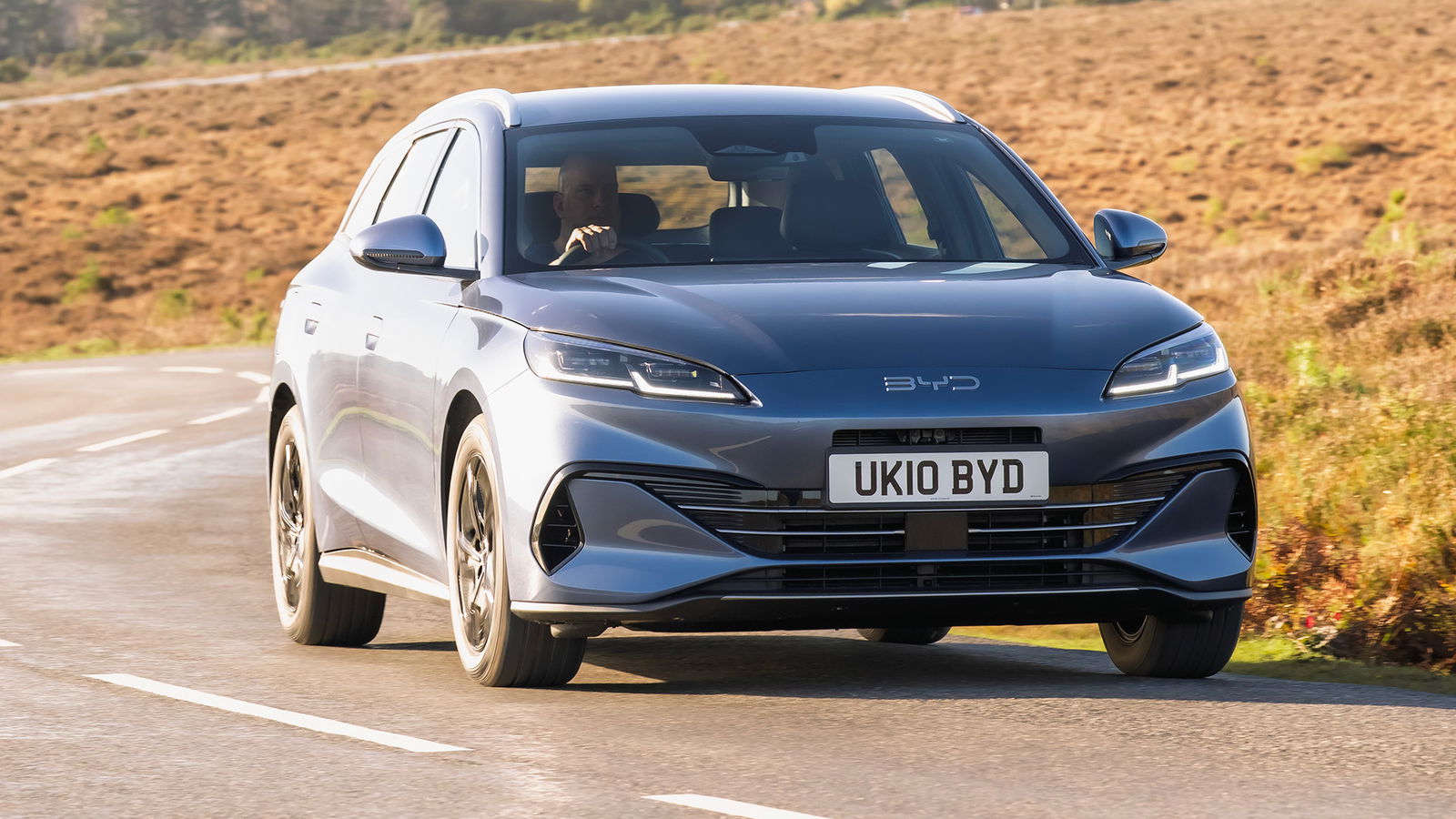
Two powertrain choices are available for the Seal 6 Touring, albeit locked to trims.
Both centre around a 1.5-litre four-cylinder petrol engine, paired up with an electric motor and sent through a single-speed gearbox. Total system output for Boost cars is 181bhp, with a quoted 8.9-second 0-62mph sprint.
It runs most of the time in EV-only mode, only calling upon the petrol engine when you’re demanding full power or if there isn’t sufficient range from the 10kWh battery pack. In theory, sensible, but in use, terrible.
Power delivery is incredibly inconsistent. Most of the time, putting your foot flat to the floor does nothing in most cases, offering a gentle nudge from the small electric motor while the engine takes four or five seconds (not exaggerated) to kick in and provide full power. Occasionally, it’s quicker to respond, but there doesn’t seem to be a predictable pattern to it. It’s also really loud and not in a good way.
The more powerful Comfort, with 210bhp on tap, does smooth some of that out, but not dramatically. At least you get a little more range, with its 19kWh battery pack.
Yikes. Does it at least drive well?
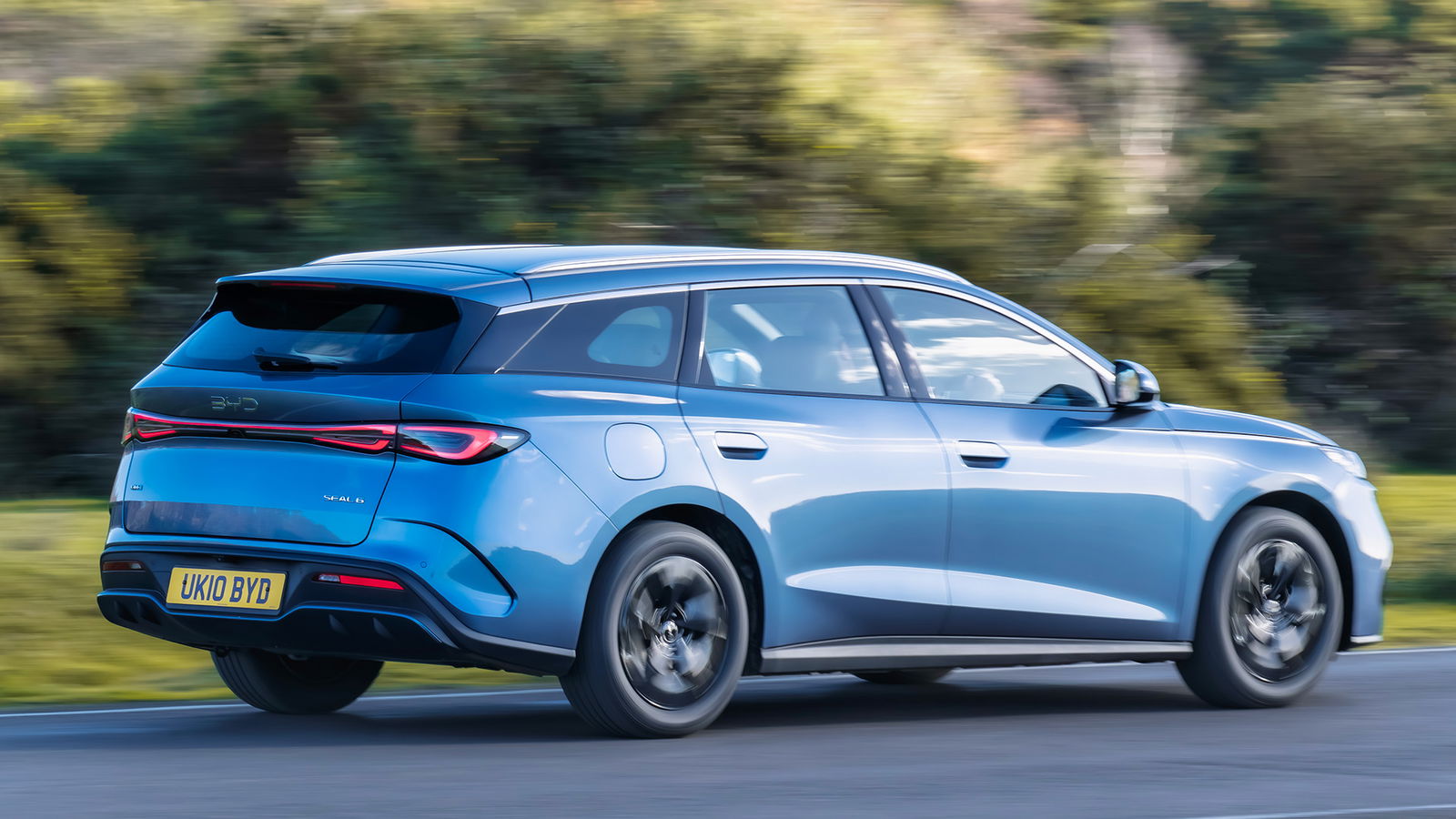
No, not really. Its handling is unpredictable, and we don’t mean this in a full-send car enthusiast way.
For a start, there’s no sense of connection between the steering wheel and the front axle. Turning feels like a vague suggestion to the car that you want to go in a certain direction, before it eventually decides to head that way as if there’s some sort of delay.
You lose further confidence with a skating sensation on the tyres, too. Even when you’re well under the limit on a twisty road, there’s little indication of what the wheels are doing as if you’re steering a bouncy castle. One way to replicate that sensation is to go on Gran Turismo, take a car with circa 300bhp and put comfort hard tyres on. You’ll know what we mean.
That would be acceptable if the ride were good, but it isn’t. The setup is really poor, picking up every minor imperfection in the road and sending it straight through your backside. Road and wind noise are omnipresent, too.
Saving graces? It’s easy to park, at least, and visibility out is good. We’re scraping the barrel, though.
Oh dear. What about practicality?

We can’t argue against that. The BYD Seal 6 Touring offers 675 litres of boot space to the roof, which is a pretty healthy amount of space. It’s a little shy of the cavernous Skoda Superb and Volkswagen Passat at 690 litres, but it’s a useful amount of room.
Headroom for those in the back is good, too, though a high floor does make space for your feet a little tight. Fine if you’re only hauling kids, but less so for tall adults.
I’d ask if I should buy one, but I think I know the answer…

Unless you absolutely cannot make the extra leap to buy the Skoda or Volkswagen, we see very little reason to suggest the BYD Seal 6 Touring over either of those cars.
Sure, it offers value for money, but it’s not good. A shame, because we know BYD can build a decent car, the Seal 6 just isn’t one of those.
The stats
- Engine: 1.5-litre four-cylinder hybrid
- Power (bhp): 210bhp (Comfort)
- Torque (lb ft): 221lb ft (electric motor), 90lb ft (engine)
- 0-62mph: 8.5 seconds (Comfort)
- Top speed: 112mph
- Weight: 1805kg
- Starting price: £34,990
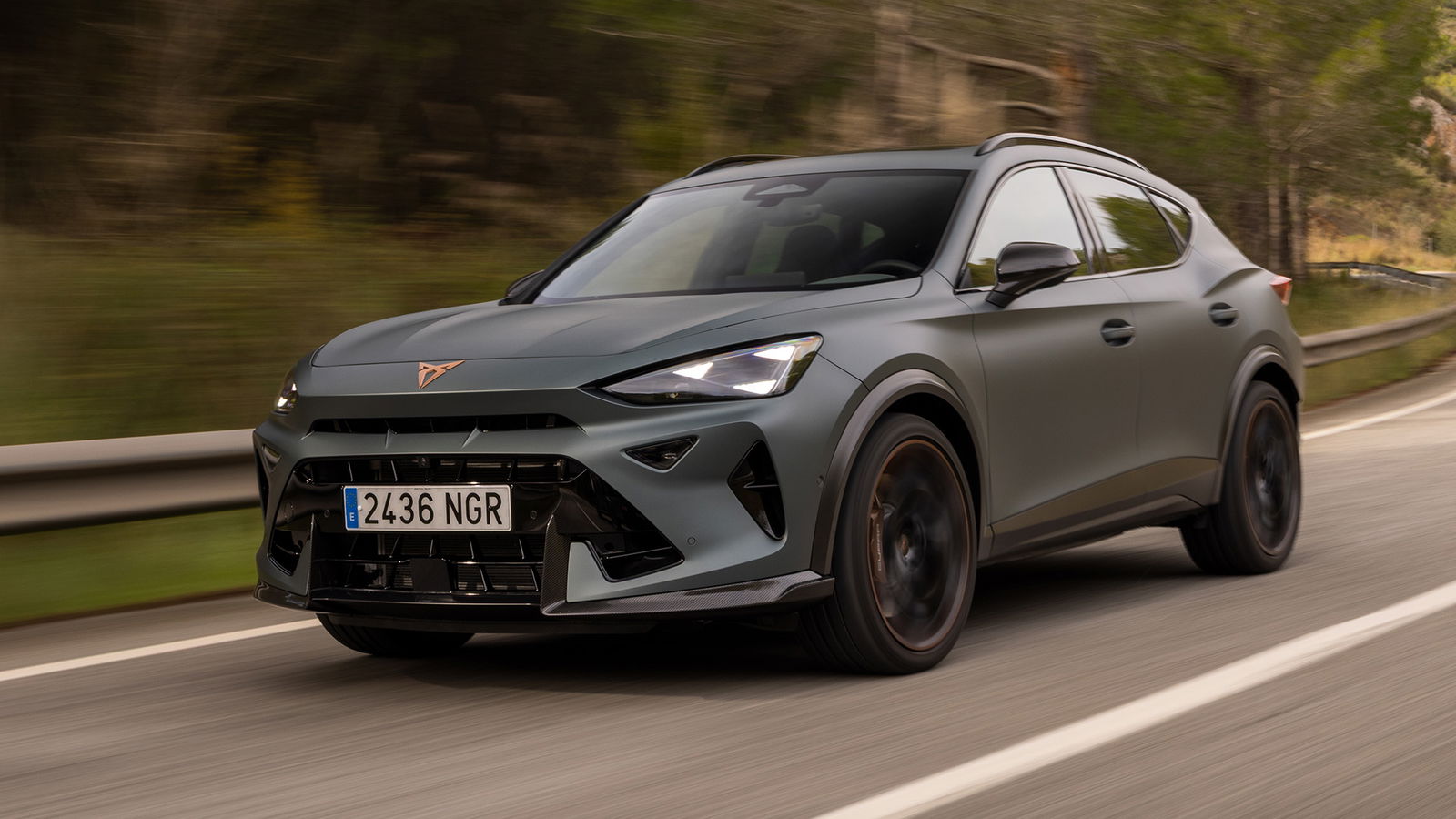

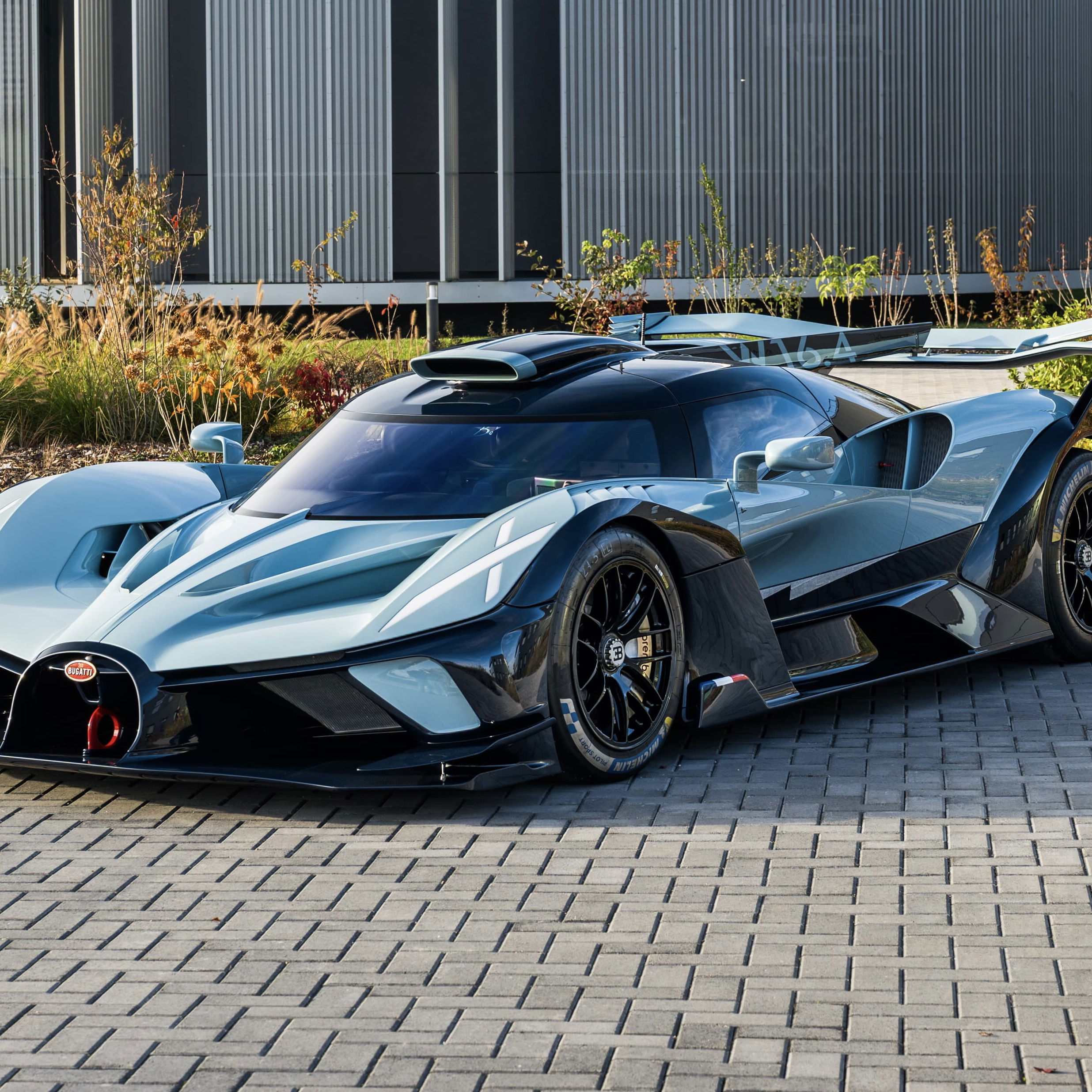









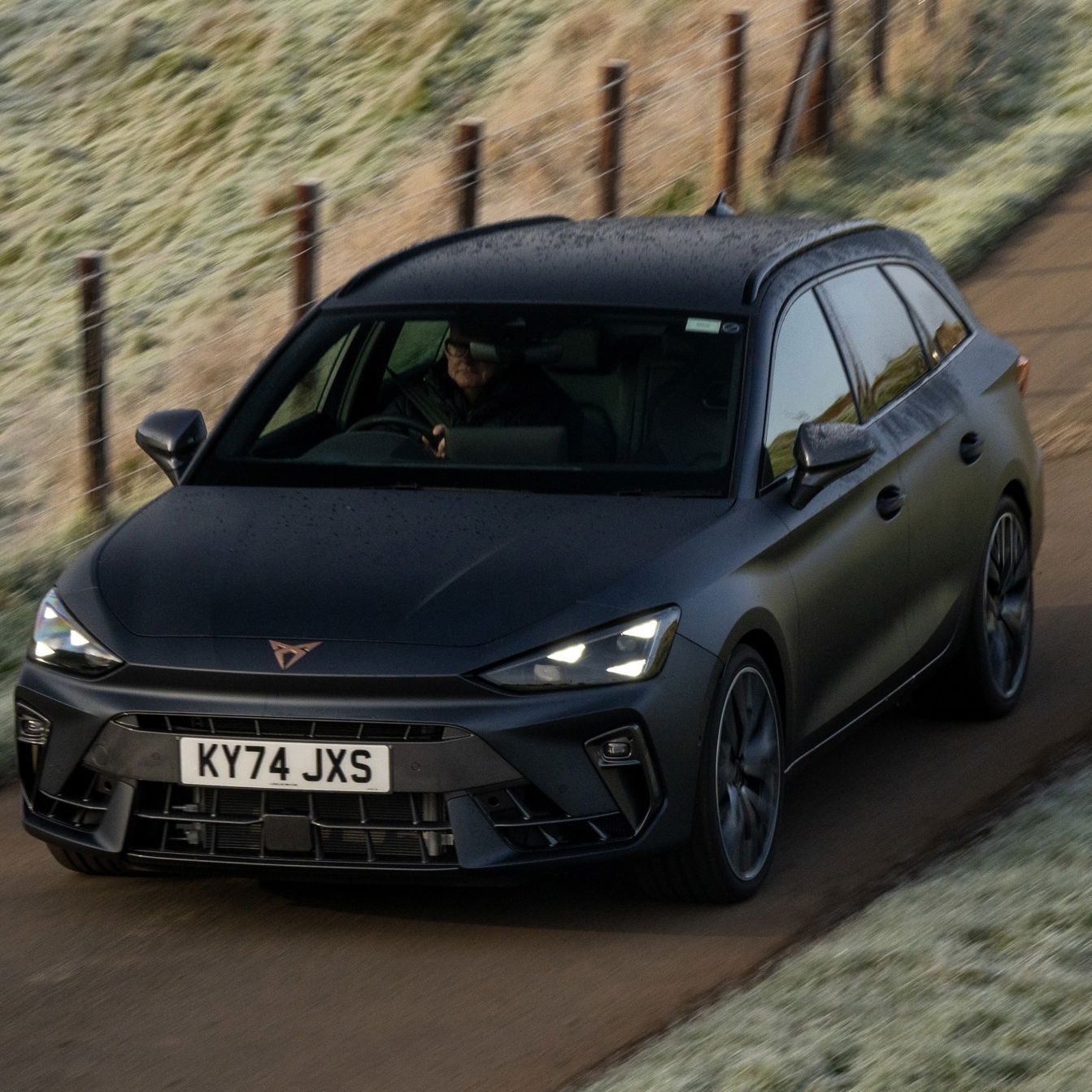

Comments